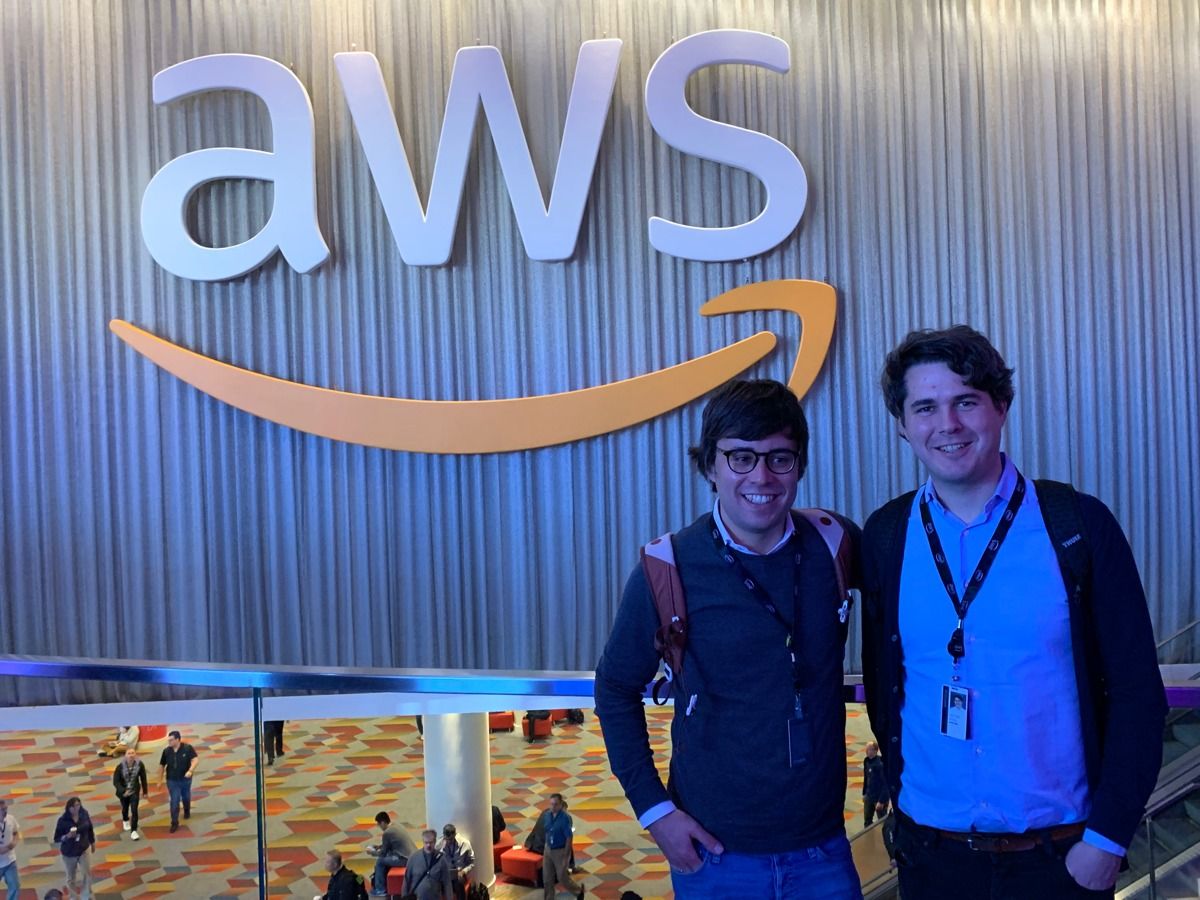The somewhat different AWS re:Invent recap
I’m still recovering from our trip to AWS re:Invent in Las Vegas. The conference was a blast. It was a huge pleasure to meet old and new friends. This blog post contains a somewhat different recap of re:Invent 2018. Are you looking for a more traditional recap including all announcements instead? Check out A Cloud Guru’s re:Invent Special or treck10’s Real-world use cases for our favorite re:Invent 2018 announcements.

What was missing?
Neither Andy Jassy (CEO) nor Werner Vogels (CTO) talked about containers in their keynotes on Wednesday and Thursday. Instead of that AWS is pushing Serverless with success stories from enterprise customers. However, containers were not only missing during the keynotes. I was also missing essential announcements from ECS, EKS, and Fargate. For example:
- EKS is still only available in four regions.
- The integration of EKS with VPC, IAM, ELB is not satisfactory.
- Fargate does still not support persistent storage (EBS, EFS, …).
- A reserved pricing option for Fargate is still missing.
If I remember correctly, Andy Jassy spread the word about AWS’s enormous pace of innovation in the past keynotes. This year, the slide with the number of innovations was missing. Is that because the pace of innovation is stagnating? Alternatively, does AWS switch focus from the neophiliacs to the neophobes?
What was exciting?
AWS announced more than 100 new features around re:Invent. Most of the new features are evolutionary, not revolutionary. Nevertheless, some of the announcement excited me. Here is my top 10.
- Application Load Balancer can now invoke Lambda functions(Generally Available)
- AWS Step Functions adds eight more service integrations (Generally Available)
- Amazon Kafka, a managed service for streaming workloads (Public Preview)
- App Mesh, a service mesh for microservices based on envoy (Public Preview)
- Amazon Timestream, a fast, scalable, fully managed Time Series Database (Preview)
- Amazon DynamoDB on-demand, no need to provision throughput any more (Generally Available)
- Amazon DynamoDB support for transactions (Generally Available)
- Amazon Aurora PostgreSQL Serverless (Preview)
- AWS Transit Gateway to scale connectivity across thousands of Amazon VPCs (Generally Available)
- AWS Global Accelerator, improve global application availability and performance (Generally Available)
What was noticeable?
Within the previous years watching the re:Invent keynotes was frustrating as most of the announcements were not generally available yet. In some cases, it took AWS almost a year to deliver what was promised during the keynotes (e.g., CloudFormation drift detection, EKS, …). Nevertheless, this year many of the announcements are already generally available in most regions which is excellent!
Werner Vogels was talking about the importance of being in control of the whole stack for being able to innovate during his keynote. He was using RDS Aurora, Amazon’s cloud-native database engine, as an example to illustrate his proposition. When being in control of your whole stack is that important, why should we - as an AWS customer - use services like RDS Aurora or Lambda where we hand over the control of the stack entirely to AWS?
AWS is selling the idea of migrating from old-school database systems to cloud-native databases like RDS Aurora or DynamoDB harder than ever before. A long but significant way to go for their enterprise customers.

Outro
AWS is doing a great job with evolving their platform for builders. For example, we are now using DynamoDB On-Demand for marbot, our incident management solution for AWS. Doing so allows our chatbot to handle traffic spikes without an effect on latency and decreased costs.
What are your opinions about the stories being told at re:Invent? Which announcements excited you the most?
Further reading
- Article My mental model of AWS
- Article Hot off the press: Amazon Web Services in Action Second Edition
- Article EC2 Network Performance of t3
- Tag reinvent
